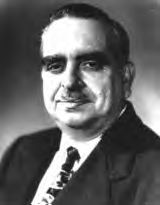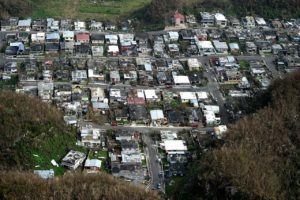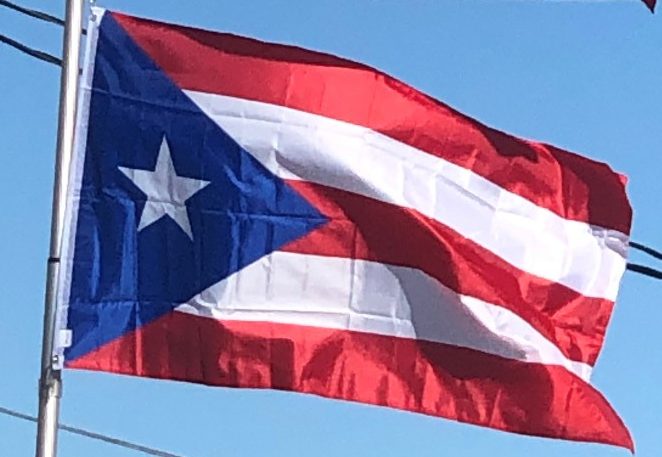The same Act provided for a popularly elected Senate to complete a bicameral Legislative Assembly, as well as a bill of rights. It authorized the popular election of the Resident Commissioner to a four-year term.
During the latter years of the Roosevelt–Truman administrations, the internal governance of the island was changed in a compromise reached with Luis Muñoz Marín and other Puerto Rican leaders. In 1946, President Truman appointed the first Puerto Rican-born governor, Jesús T. Piñero.

Estado Libre Asociado:
In 1950, the U.S. Congress granted Puerto Ricans the right to organize a constitutional convention via a referendum that gave them the option of voting their preference, “yes” or “no”, on a proposed U.S. law that would organize Puerto Rico as a “commonwealth” that would continue United States sovereignty over Puerto Rico and its people. Puerto Rico’s electorate expressed its support for this measure in 1951 with a second referendum to ratify the constitution. The Constitution of Puerto Rico was formally adopted on July 3, 1952.
On February 4, 1952, the convention approved Resolution 22 which chose in English the word Commonwealth, meaning a “politically organized community” or “state”, which is simultaneously connected by a compact or treaty to another political system. Puerto Rico officially designates itself with the term “Commonwealth of Puerto Rico” in its constitution, as a translation into English of the term to “Estado Libre Asociado” (ELA).
During the 1950s and 1960s, Puerto Rico experienced rapid industrialization, due in large part to Operación Manos a la Obra (“Operation Bootstrap”), an offshoot of FDR’s New Deal. It was intended to transform Puerto Rico’s economy from agriculture-based to manufacturing-based to provide more jobs. Puerto Rico has become a major tourist destination, as well as a global center for pharmaceutical manufacturing.
Referendums on Statehood or Independence:
Four referendums have been held since the late 20th century to resolve the political status. The 2012 referendum showed a majority (54% of the voters) in favor of a change in status, with full statehood the preferred option of those who wanted a change.
Hurricane Maria:
In late September 2017, Hurricane Maria hit the island as a Category 4 storm causing severe damage to homes, other buildings and infrastructure. The recovery as of late November was slow but progress had been made. Electricity was restored to two-thirds of the island, although there was some doubt as to the number of residents getting reliable power. In January 2018, it was reported that close to 40 percent of the island’s customers still did not have electricity. The vast majority had access to water but was still required to boil it. The number still living in shelters had dropped to 982 with thousands of others living with relatives. The official death toll at the time was 58 but some sources indicated that the actual number is much higher. A dam on the island was close to failure and officials were concerned about additional flooding from this source.

